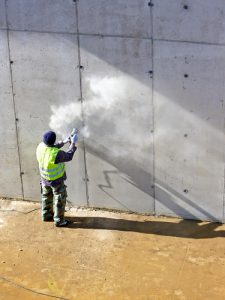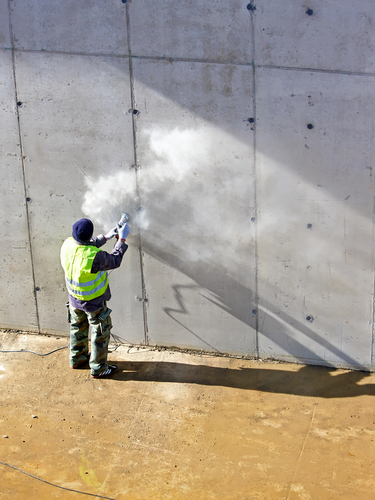The U.S. Occupational Safety and Health Administration (OSHA) is expected to issue its final rule on silica dust safety in the workplace in the latter part of 2016.
 An article in the magazine Safety+Health, published by the National Safety Council, indicates that the final rule on silica dust was announced during a March 16 hearing on the U.S. Department of Labor’s policies and priorities.
An article in the magazine Safety+Health, published by the National Safety Council, indicates that the final rule on silica dust was announced during a March 16 hearing on the U.S. Department of Labor’s policies and priorities.
A draft of the final rule was submitted to the U.S. Office of Management and Budget in December, which indicates that the rule could be expected to be published within a few months, the article reported.
Important Safety Standards in Construction
The rule will contain important safety standards and other information on how construction projects should deal with silica dust safety. For example, the rule will include data on exposure limits that detail how much exposure to silica dust will be considered acceptable.
Silica dust presents substantial dangers to respiratory health among construction professionals who are exposed to it. When inhaled, the dust causes lung tissues to thicken. It also causes scarring within the lungs. In severe cases, silica dust exposure leads to a condition known as silicosis, a type of lung fibrosis.
OSHA also notes that exposure to and continual inhalation of silica dust can lead to lung cancer and kidney disease.
Silica Dust Safety
Silica dust is commonly encountered in construction activities that involve the cutting, sawing, crushing, or drilling of stone products such as rock, concrete, brick, and ceramic tiles, OSHA reports. Industries that use large amounts of sand, such as foundries and glass manufacturers, are also likely to expose workers to significant amounts of silica dust.
The new rules on silica dust safety are expected to provide economically and technologically feasible ways to improve worker health and safety in all industries where silica dust exposure has been a problem.
Construction Monitor provides detailed information on construction industry trends and developments that affect the health and safety of workers and building occupants. Contact us today for more information on silica dust safety and for additional help interpreting and applying OSHA’s rules on silica dust safety in the workplace.

